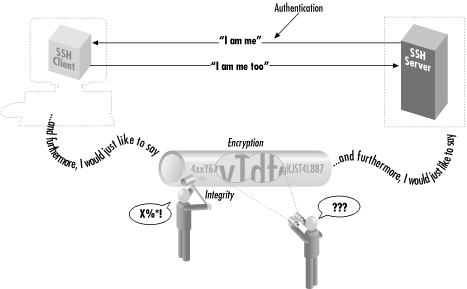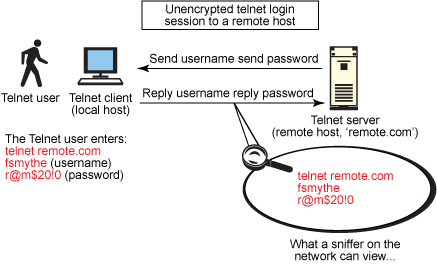
If you do not have xauth installed, you will run into the empty DISPLAY environment variable problem. On your server, make sure you have xauth installed. You may need to SIGHUP sshd so it picks up these changes. On your server, make sure /etc/ssh/sshd_config contains: X11Forwarding yes
Xquartz ssh protocol how to#
Soup-to-nuts, here is how to get X11 forwarding working: If you have both #1 and #2 in place but are missing #3, then you'll end up with an empty DISPLAY environment variable.
Xquartz ssh protocol install#
It even detected that it needs to be let through the firewall and offered to install the rule for it. I tried it and it worked on the first attempt. Then I saw the icmn223 suggestion about using MobaxTerm. I removed the Cygwin and retried the whole thing just to make sure I did not do something wrong or missed anything with the same result. But after I configured the putty and started the SSL session, the whole thing worked as if I did not have an X server available. So I temporarily disabled it and proceeded. There was no Xming X Server offered to be let through the firewall. The first glitch was after I installed the Cygwin. So when I saw your article, I gave X session forwarding a try.
Xquartz ssh protocol Pc#
I was always remotely accessing my RPIs and an Intel Linux PC using the RDP protocol.

How to Use X Forwarding to Run GUI Apps via SSH : Read more It uses differential X protocol coding, compression, and caching to make the experience much more usable.Īdmin said:Forwarding an X session over SSH brings a remote GUI application to your desktop, so now all of your apps are in one place, and not in random VNC sessions. If you absolutely must use X11 forwarding, use NXclient protocol 4 or later.

You can power cycle your thin client, reconnect to the app later and it will be exactly how you left it. Xpra runs your app in a nested X server on the remote host, and then pipes its video and audio back to your thin client using modern audio/video codecs like HEVC/Opus, and it lets you scale the app, set the quality/framerate tradeoffs to achieve good latency and bandwidth.Īlso, if your network isn't 100% reliable, you don't crash the application. You're infinitely better off using Xpra instead. Not only is the UI using orders of magnitude more data, but it's expecting to animate it with a local GPU, which doesn't get forwarded! Today, running modern GTK or KDE apps over a forwarded X session is really not an option. Also, apps were being built to run on servers and have their display on your workstation, so developers were actually considering the X protocol bandwidth. Back then we didn't have huge truecolour bitmaps, 100MB fonts, client-side rendered widgets, etc.

This was fine in the 90's when X protocol was lightweight.


 0 kommentar(er)
0 kommentar(er)
